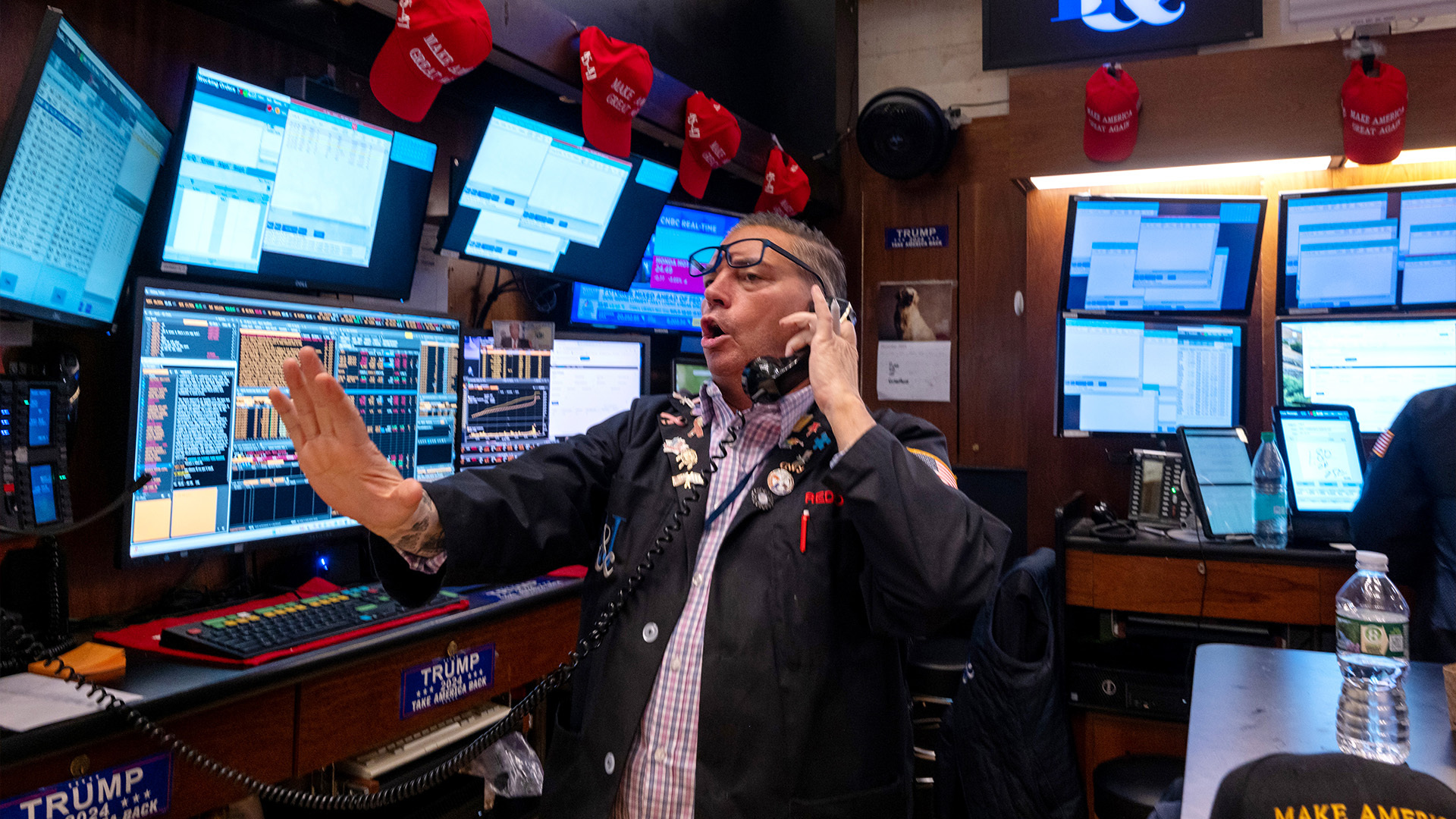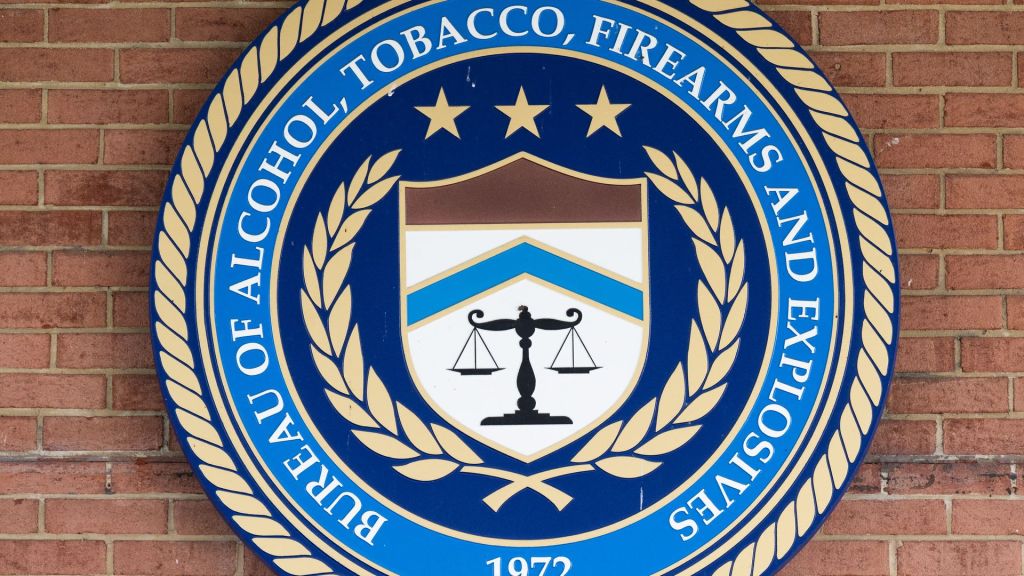
[Simone Del Rosario]
After the worst losing streak in 50 years, the stock market is looking to snap back Thursday.
That’s right, the Dow Jones’ 10-day losing streak is the longest since 1974.
The market has wiped out all of its post-election gains just like that. The Dow ended Wednesday down 2.5% since Donald Trump won the election.
Also on Wednesday, Wall Street’s fear gauge, the Volatility Index, had its second biggest percentage spike in history. The VIX shot up 74% after the Federal Reserve shared its outlook for the coming year.
Usually, when the Fed does what markets expect, investors take the news in stride.
On Wednesday, the Fed cut its benchmark interest rate for a third time in 2024, which was widely predicted.
But it was what came next that spooked investors.
[Aaron Cirksena]
It was all but a known fact that they were going to do it. I think when Jerome Powell says that they were starting to get on the cusp of whether it was the right decision or not, that’s really him using some leading language into next year to, think, just preface that, look, you’ve got to have some caution, right. That they might not be willing to just go into next year, full steam saying, yes, we’re definitely going to be lowering every time we sit down another six to eight times next year. I think at one point three months or so ago, that was kind of the assumption heading into 2025. I think now that’s starting to just get pulled back a little bit.
[Simone Del Rosario]
The Fed went from projecting four cuts in 2025 to now projecting just two. They also expect inflation to be higher next year than previously forecast, which directly translates to a higher-for-longer interest rate policy.
As of Thursday morning, the probability market isn’t favoring another Fed cut until May.
Wednesday marked the worst performance on record for the S&P 500 during a Fed interest rate announcement day, according to Bespoke Investment Group. But the biggest market losses since the election are more isolated to the Dow.
If you zoom out for the bigger picture, the entire market’s up double digits on the year. The tech-heavy Nasdaq has the highest gains, followed by the S&P 500 and then the Dow.
But it’s 2024 and those gains are a far cry from fartcoin, up more than 3,000%.











